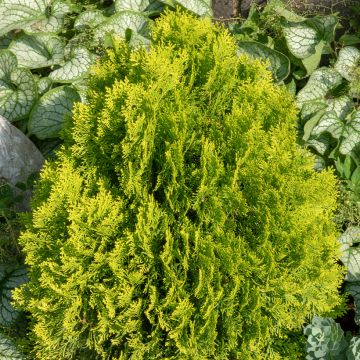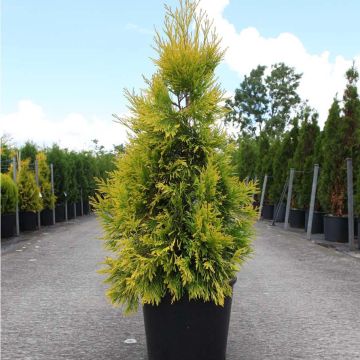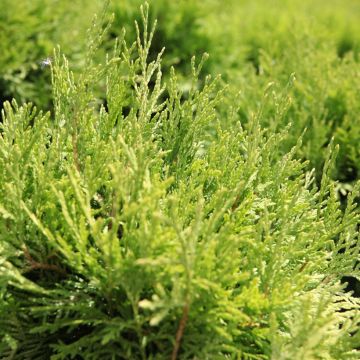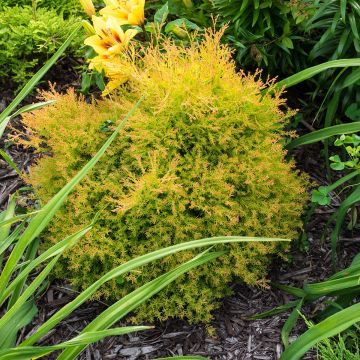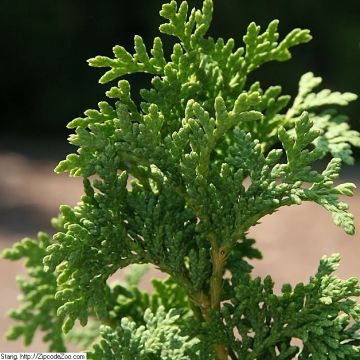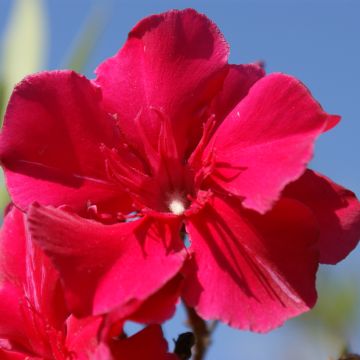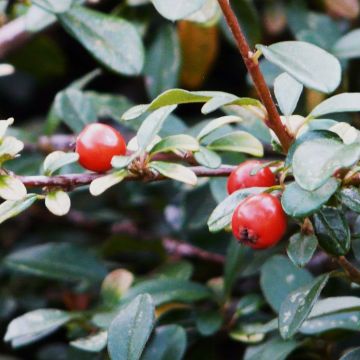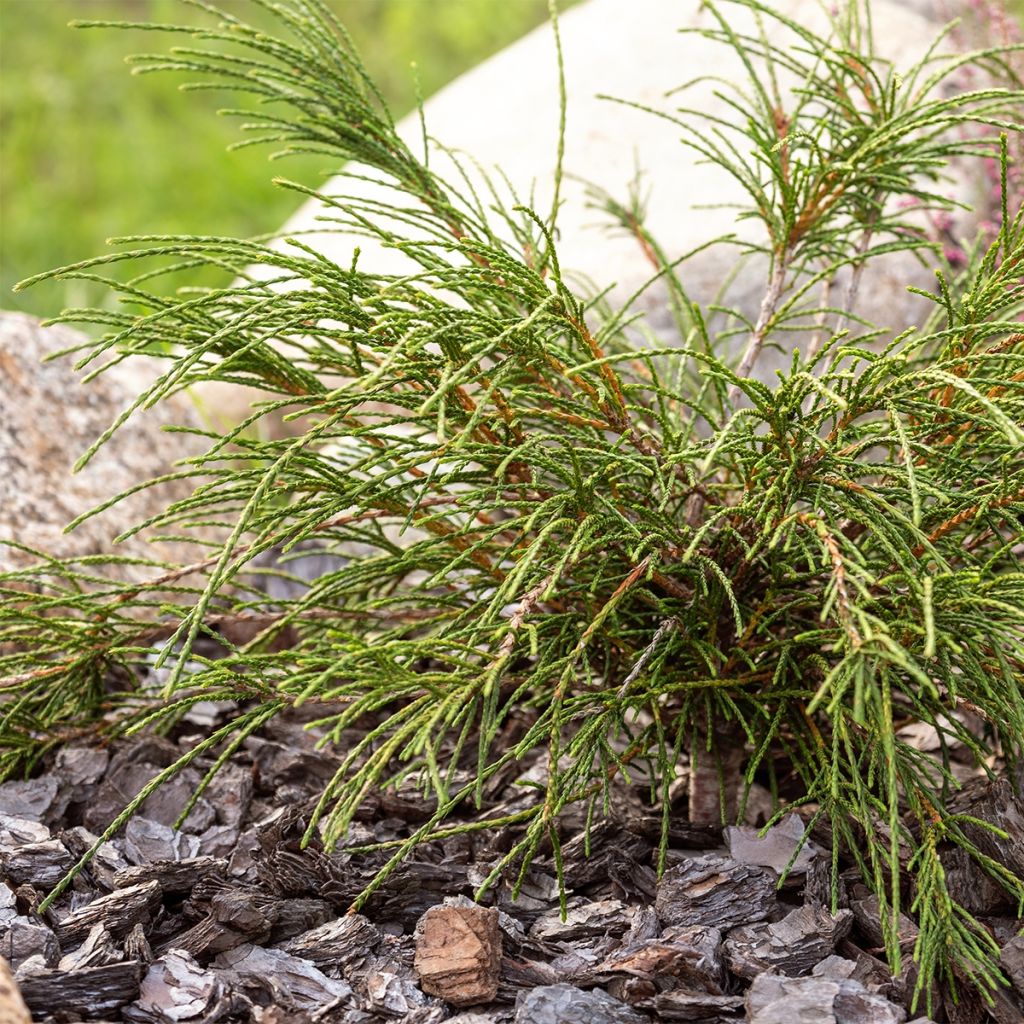

Thuja plicata Whipcord - Western Red Cedar
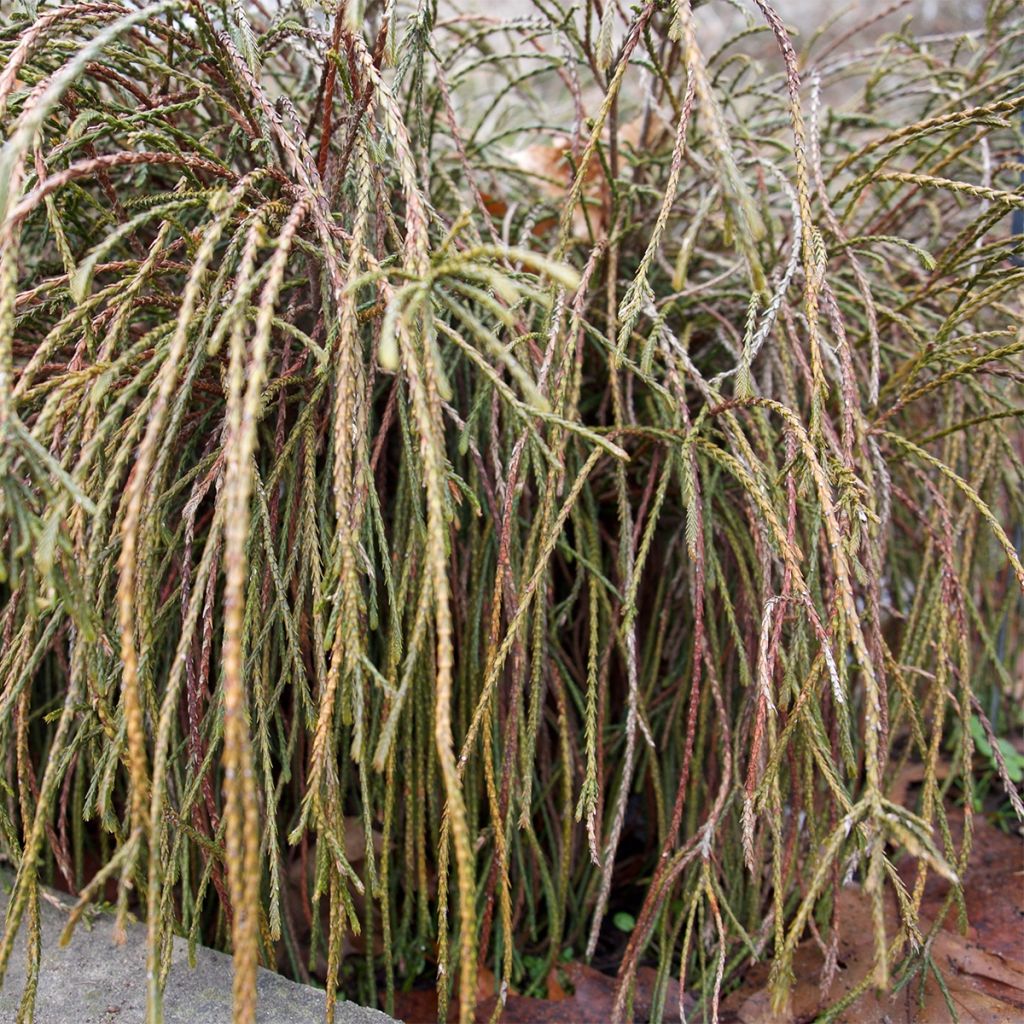

Thuja plicata Whipcord - Western Red Cedar


Thuja plicata Whipcord - Western Red Cedar


Thuja plicata Whipcord - Western Red Cedar
Thuja plicata Whipcord - Western Red Cedar
Thuja plicata Whipcord
Western Red Cedar, Pacific Red Cedar, Giant Red Cedar
This item cannot be shipped to the selected country
Delivery charge from €5.90
Delivery charge from €5.90
Delivery charge from €5.90
More information
Schedule delivery date,
and select date in basket
This plant carries a 24 months recovery warranty
More information
We guarantee the quality of our plants for a full growing cycle, and will replace at our expense any plant that fails to recover under normal climatic and planting conditions.
From €5.90 for pickup delivery and €6.90 for home delivery
Express home delivery from €8.90.
From €5.90 for pickup delivery and €6.90 for home delivery
Express home delivery from €8.90.
From €5.90 for pickup delivery and €6.90 for home delivery
Express home delivery from €8.90.


Does this plant fit my garden?
Set up your Plantfit profile →
Description
Similar to a small fountain, Thuja plicata 'Whipcord' is a dwarf form of California Thuja. It forms a graceful mound, composed of thread-like, weeping foliage. From spring to autumn, the foliage is a beautiful bright green colour, which then develops shades of bronze in winter. It is well suited for small gardens, planted alone, in rockeries, or alongside other dwarf conifers. It is a very adaptable variety that does not require pruning. It is easy to grow in any cool but well-drained soil, and prefers a sunny position. It also performs very well in pots.
Thuja plicata is also called Western Red Cedar or Lobb's Arborvitae. It is an evergreen conifer from the cypress family native to the northwest of North America, particularly northern California. In its natural environment, this giant reaches a height of 50 m to 60 m (164 ft to 196.9 ft) and can develop a trunk with a diameter of 3 m (9.8 ft) when it reaches the end of its life after around 700 years. It has long been exploited for its soft and durable wood, known in Europe as 'Red cedar'. This conifer reigns in the thickness of lush forests, but also descends to the banks of rivers or colonises swampy forests. It is a shade-tolerant species and loves humidity.
The 'Whipcord' variety stands out with its reduced size and weeping mound habit, with a crown supported by a single trunk. It also shows very unusual foliage for a thuja. Its growth is slow, so it will reach about 1.20 m (3.3 ft) in height and 1.50 m (3.3 ft) in spread at around 10 years old. At maturity, it will not exceed 2 m (6.6 ft) in all directions. This conifer has flexible, weeping, flattened branches covered with scale-like leaves. Overlapping each other, the leaves give the branchlets a flat appearance. The foliage is bright green and shiny from spring to autumn, then takes on a darker green colour with a bronze tinge in winter. This variety easily roots from its low branches and the rooted branches are capable of producing perfectly viable subjects, identical to the parent plant.
'Whipcord' thuja, with its exceptional ornamental qualities and its mane-like appearance, deserves to be planted more often, preferably in cool climates. It adapts to everything except dense shade and dry soils. Its flexible and graceful silhouette enhances any flower bed and stands out on a terrace in a large container. It is perfect as a specimen plant in a small garden, on a large slope, above a wall or ledge, or near a water feature, as it enjoys coolness. It can also be planted on an overhang to highlight a rocky scree. It is an asset in the design of a contemporary garden inspired more by the aesthetics of shapes, silhouettes, and textures than by the gentleness of flowers. It pairs well with mahonias or tousled grasses like miscanthus, with a similar habit. The key is to play with volumes and colours.
Report an error about the product description
Thuja plicata Whipcord - Western Red Cedar in pictures




Plant habit
Foliage
Botanical data
Thuja
plicata
Whipcord
Cupressaceae
Western Red Cedar, Pacific Red Cedar, Giant Red Cedar
Cultivar or hybrid
Other Thuya - Thuja
Planting and care
Thuja plicata 'Whipcord' should be planted from September to November and from February to June in deep, ordinary but loose and not too heavy soil. Choose neutral or even slightly acidic soil. This variety is not drought-tolerant. It prefers humus-rich soils. It will thrive in a sunny or partially shaded position. Soak the root balls well before planting. If desired, add organic matter at planting. Water generously for the first years and during prolonged drought. In very poor soil, you can apply a special conifer fertiliser every year in April and weed the soil in summer. This hardy conifer (up to -25° C (-13° F) at least) does not require pruning.
Planting period
Intended location
Care
-
, onOrder confirmed
Reply from on Promesse de fleurs
Evergreen shrubs
Haven't found what you were looking for?
Hardiness is the lowest winter temperature a plant can endure without suffering serious damage or even dying. However, hardiness is affected by location (a sheltered area, such as a patio), protection (winter cover) and soil type (hardiness is improved by well-drained soil).

Photo Sharing Terms & Conditions
In order to encourage gardeners to interact and share their experiences, Promesse de fleurs offers various media enabling content to be uploaded onto its Site - in particular via the ‘Photo sharing’ module.
The User agrees to refrain from:
- Posting any content that is illegal, prejudicial, insulting, racist, inciteful to hatred, revisionist, contrary to public decency, that infringes on privacy or on the privacy rights of third parties, in particular the publicity rights of persons and goods, intellectual property rights, or the right to privacy.
- Submitting content on behalf of a third party;
- Impersonate the identity of a third party and/or publish any personal information about a third party;
In general, the User undertakes to refrain from any unethical behaviour.
All Content (in particular text, comments, files, images, photos, videos, creative works, etc.), which may be subject to property or intellectual property rights, image or other private rights, shall remain the property of the User, subject to the limited rights granted by the terms of the licence granted by Promesse de fleurs as stated below. Users are at liberty to publish or not to publish such Content on the Site, notably via the ‘Photo Sharing’ facility, and accept that this Content shall be made public and freely accessible, notably on the Internet.
Users further acknowledge, undertake to have ,and guarantee that they hold all necessary rights and permissions to publish such material on the Site, in particular with regard to the legislation in force pertaining to any privacy, property, intellectual property, image, or contractual rights, or rights of any other nature. By publishing such Content on the Site, Users acknowledge accepting full liability as publishers of the Content within the meaning of the law, and grant Promesse de fleurs, free of charge, an inclusive, worldwide licence for the said Content for the entire duration of its publication, including all reproduction, representation, up/downloading, displaying, performing, transmission, and storage rights.
Users also grant permission for their name to be linked to the Content and accept that this link may not always be made available.
By engaging in posting material, Users consent to their Content becoming automatically accessible on the Internet, in particular on other sites and/or blogs and/or web pages of the Promesse de fleurs site, including in particular social pages and the Promesse de fleurs catalogue.
Users may secure the removal of entrusted content free of charge by issuing a simple request via our contact form.
The flowering period indicated on our website applies to countries and regions located in USDA zone 8 (France, the United Kingdom, Ireland, the Netherlands, etc.)
It will vary according to where you live:
- In zones 9 to 10 (Italy, Spain, Greece, etc.), flowering will occur about 2 to 4 weeks earlier.
- In zones 6 to 7 (Germany, Poland, Slovenia, and lower mountainous regions), flowering will be delayed by 2 to 3 weeks.
- In zone 5 (Central Europe, Scandinavia), blooming will be delayed by 3 to 5 weeks.
In temperate climates, pruning of spring-flowering shrubs (forsythia, spireas, etc.) should be done just after flowering.
Pruning of summer-flowering shrubs (Indian Lilac, Perovskia, etc.) can be done in winter or spring.
In cold regions as well as with frost-sensitive plants, avoid pruning too early when severe frosts may still occur.
The planting period indicated on our website applies to countries and regions located in USDA zone 8 (France, United Kingdom, Ireland, Netherlands).
It will vary according to where you live:
- In Mediterranean zones (Marseille, Madrid, Milan, etc.), autumn and winter are the best planting periods.
- In continental zones (Strasbourg, Munich, Vienna, etc.), delay planting by 2 to 3 weeks in spring and bring it forward by 2 to 4 weeks in autumn.
- In mountainous regions (the Alps, Pyrenees, Carpathians, etc.), it is best to plant in late spring (May-June) or late summer (August-September).
The harvesting period indicated on our website applies to countries and regions in USDA zone 8 (France, England, Ireland, the Netherlands).
In colder areas (Scandinavia, Poland, Austria...) fruit and vegetable harvests are likely to be delayed by 3-4 weeks.
In warmer areas (Italy, Spain, Greece, etc.), harvesting will probably take place earlier, depending on weather conditions.
The sowing periods indicated on our website apply to countries and regions within USDA Zone 8 (France, UK, Ireland, Netherlands).
In colder areas (Scandinavia, Poland, Austria...), delay any outdoor sowing by 3-4 weeks, or sow under glass.
In warmer climes (Italy, Spain, Greece, etc.), bring outdoor sowing forward by a few weeks.


































